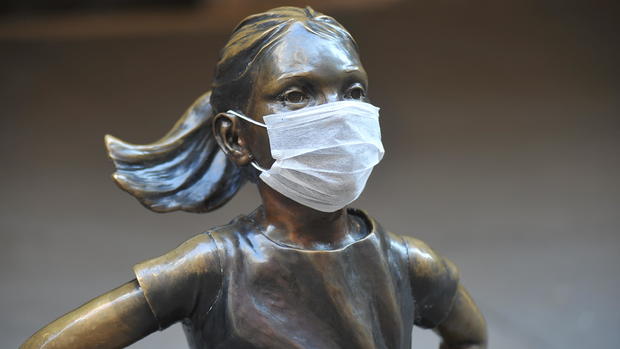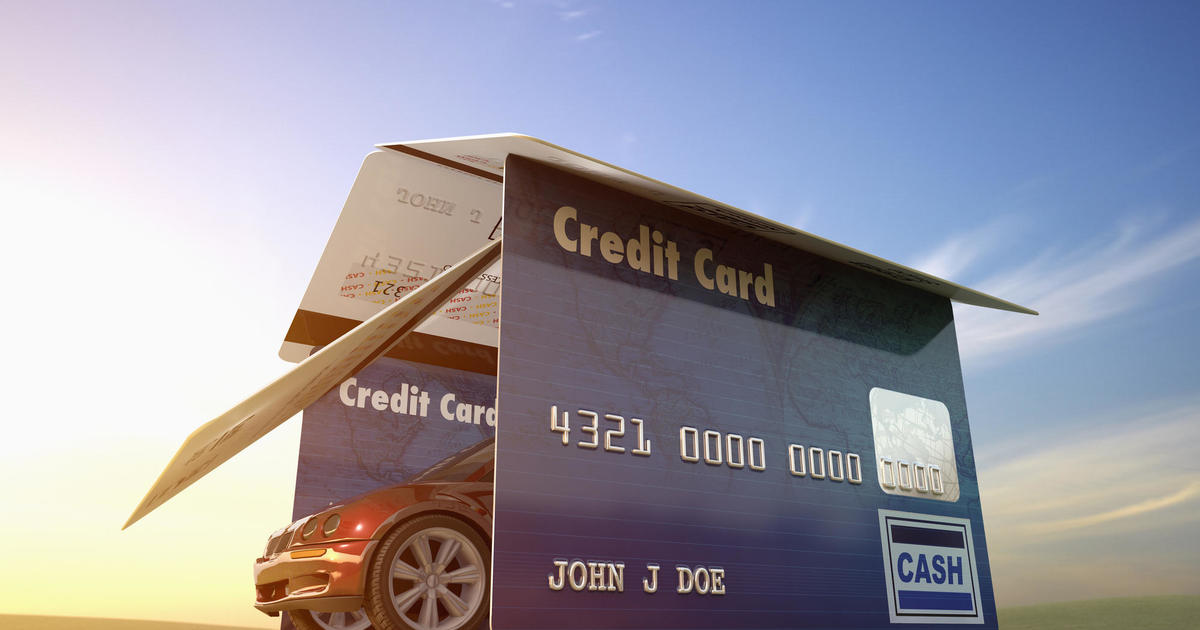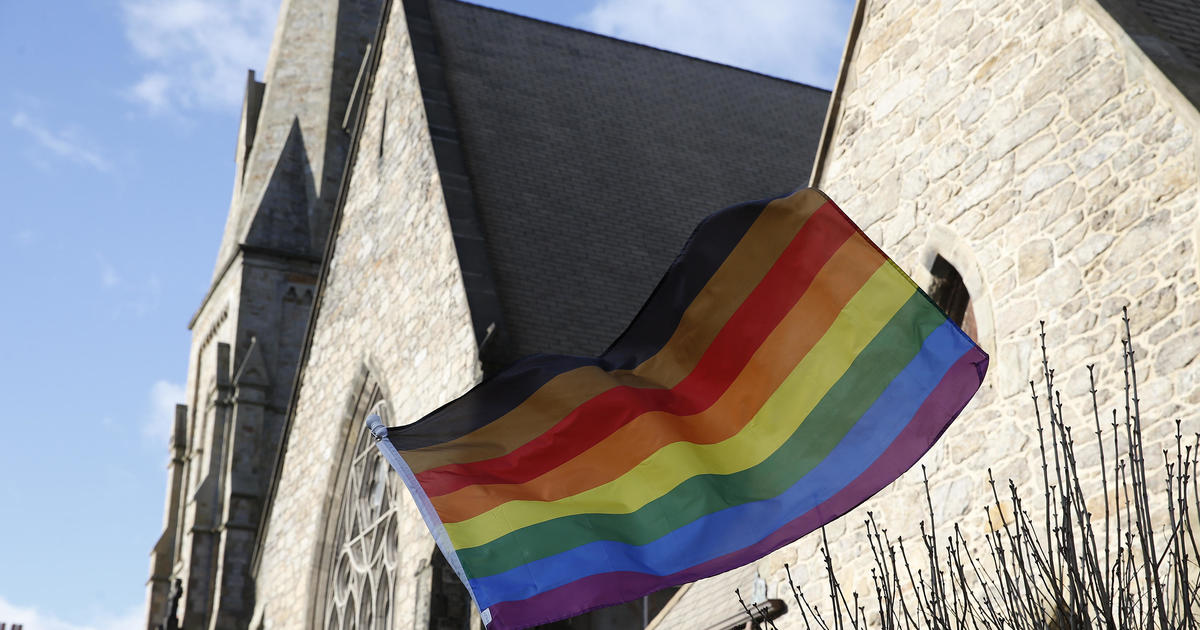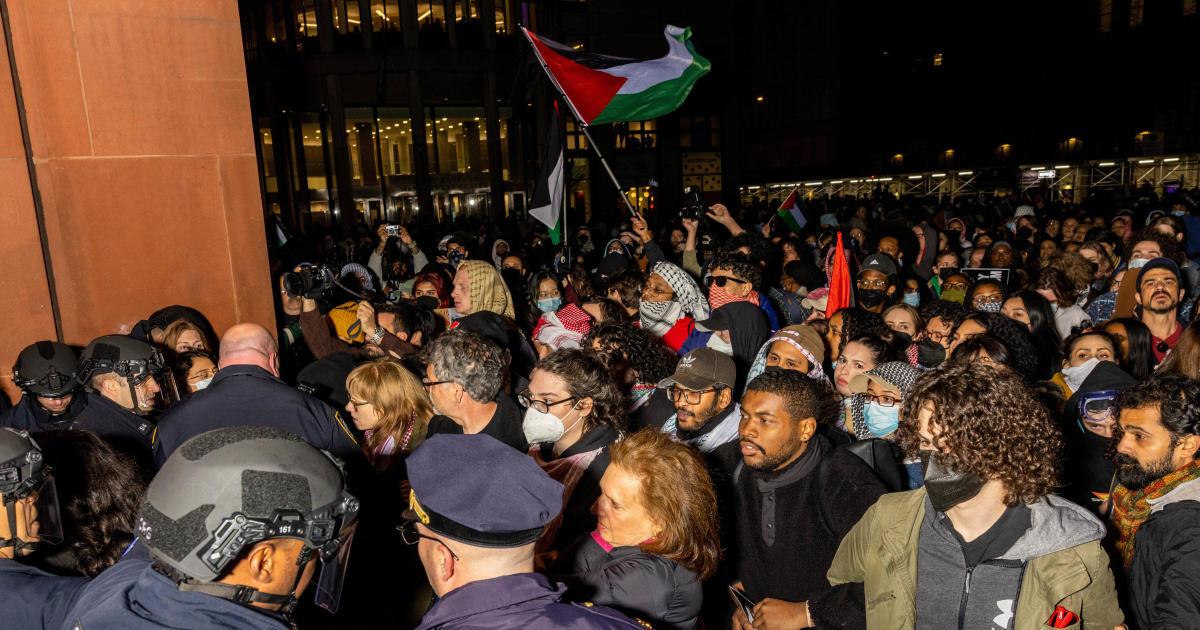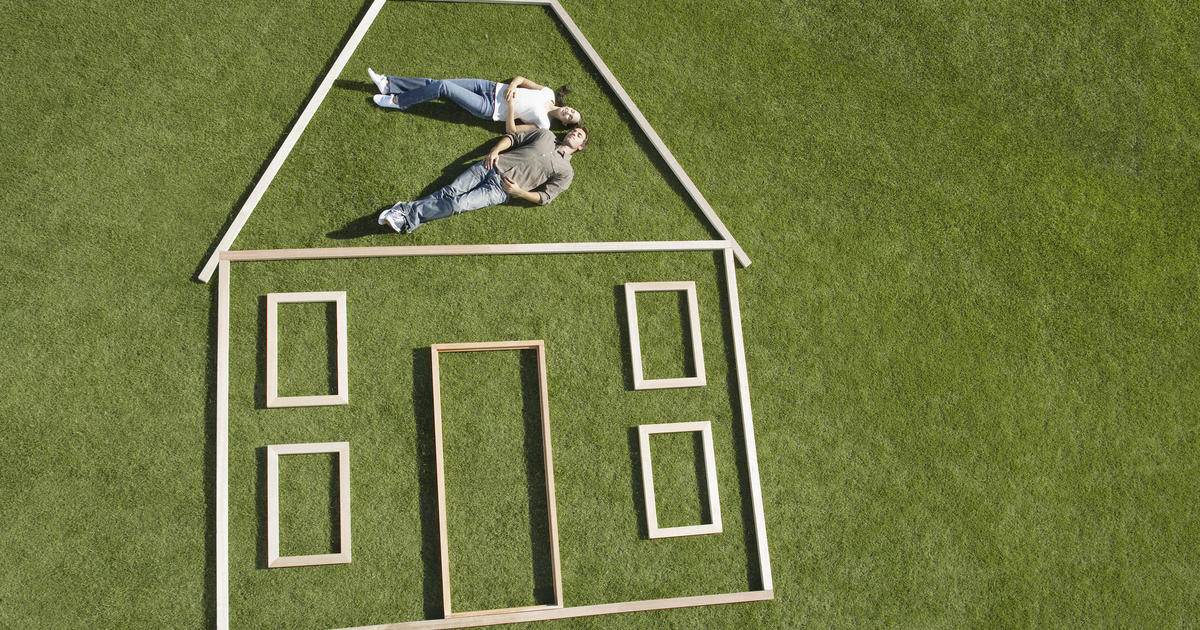The riskiest and safest places to be as states lift coronavirus restrictions, according to a biologist
All 50 U.S. states have eased some coronavirus restrictions just in time for Memorial Day weekend. But health experts warn the loosened guidelines do not mean lowered risk of getting or transmitting the virus.
University of Massachussetts Dartmouth associate professor of biology Erin Bromage, who runs a blog dedicated to facts and myth-busting claims about COVID-19, told CBSN about the risks people should be aware of before heading out to enjoy the oncoming summer weather.
"The greatest risk that we're facing is we're becoming more mobile," Bromage told CBSN anchors Vladimir Duthiers and Anne-Marie Green. "Every interaction that we have with another person, another household, gives an opportunity for the virus to find a new home, and to get into a new household."
While outdoor areas have been deemed mostly safe, places like New York City saw people crowd parks during sunny days, in many cases failing to wear masks. Many of the same people are still avoiding indoor spaces for fear of the coronavirus' spread.
Bromage explained there is a "gradation of risks" to spreading the virus and multiple factors contribute to the level of possible contagion in a given situation.
Being outdoors or alone with those you have been under lockdown with, Bromage said, is the "least concerning place to be."
After that, being "outdoors with another family" begins to invite risk.
A higher risk situation is being indoors, and the "most risky" situation, according to Bromage, is "a situation where you're indoors with lots of people and poor air flow."
"That is just a recipe for virus transmission," he said.
Indoor situations can pose a sliding scale of risks themselves. The chances of transmission in a quiet, sparsely-filled library are low, Bromage explained, while a place like a crowded bar "where you need to yell to get heard or you need to get closer to the people in the bar to be able to have a conversation" could see the virus travel a significantly further distance.
"As soon as those things happen, you've got to speak louder, which puts more force into the air that comes out, which means more droplets come out," thereby "putting more virus into the air" and increasing the risk of transmission, he said.
As Bromage explains on his site, the more time you spend face-to-face with someone who has COVID-19, the greater the risk of contracting the infection, especially if you spend more than 10 minutes in such a situation.
Another way to reduce the risk both to yourself and others is to wear a mask — one of Bromage's most recent and widely-shared blog posts covered the need for face coverings, and also explained why those running or riding bikes outside without one are not necessarily posing a huge risk to others.
Face masks at "the absolute minimum" catch respiratory droplets out of the wearer's mouth, helping protect those nearby. At best, Bromage explained, "they protect you, depending on the mask."
"Taken together with all the other bits that we do, masks are an important piece of this puzzle to stop this virus getting into you and into your home," he said.
